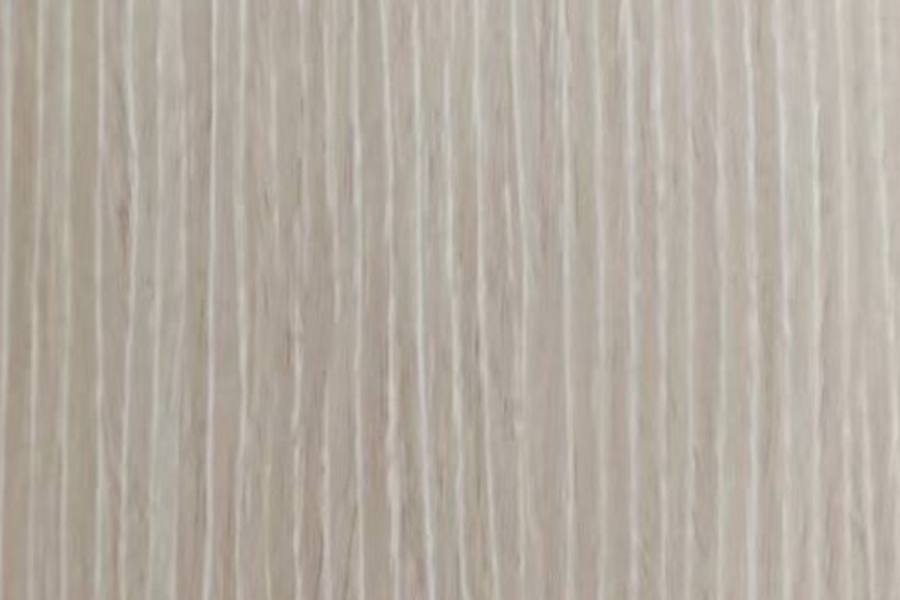Introduction to PETG Decorative Film In the realm of modern decorative materials, PETG decorative fi...
READ MORE- Wood-Grain PVC Printed Decorative Film 2
- Single Color PVC Decorative Film 2
- Car Paint Film 1
- Metal Brushed Decorative Film 2
- Time-Space Fantasy PVC Printed Decorative Film 2
- Cloth-Grain PVC Printed Decorative Film 2
- Faux Leather Texture PVC Decorative Film 2
- Stone Grain Pvc Printed Decorative Film 2
- PETG Decorative Film 2
Is PETG Decorative Film heat-resistant or waterproof?
PETG decorative film is widely used in furniture, interior design, and product finishing because of its sleek appearance, durability, and eco-friendly nature. One of the most common questions from buyers and users is whether this material is heat-resistant or waterproof. Understanding its performance in these two areas is essential for deciding where and how to use PETG decorative film effectively.
1. What is PETG Decorative Film?
PETG stands for Polyethylene Terephthalate Glycol-modified. It is a thermoplastic polyester known for its clarity, toughness, and flexibility. PETG decorative film is produced by combining this base material with decorative layers, which may include wood grain, metallic, marble, or custom designs. The result is a protective and aesthetic surface covering widely used in cabinets, wall panels, furniture, and commercial interiors.
Compared with traditional PVC films, PETG offers better chemical resistance, lower environmental impact, and greater design versatility. However, its heat and water resistance are specific properties that must be evaluated before application.
2. Heat Resistance of PETG Decorative Film
PETG decorative film has moderate heat resistance, but it is not designed for continuous exposure to very high temperatures. The glass transition temperature of PETG is typically around 70–80°C (158–176°F). Beyond this range, the film may begin to soften or lose its structural integrity.
For everyday environments, such as normal indoor conditions, PETG decorative film performs well. It can withstand occasional exposure to heat from appliances, indirect sunlight, or warm objects. However, it should not be placed directly near stoves, ovens, or heat-producing equipment. Prolonged exposure to high temperatures can cause warping, bubbling, or discoloration.
In short, PETG decorative film is heat-tolerant in typical living and working spaces but not truly “heatproof.” For applications in high-temperature environments, alternative materials such as heat-treated laminates or metals would be more suitable.
3. Waterproof Properties of PETG Decorative Film
One of the strongest advantages of PETG decorative film is its waterproof nature. Because PETG is non-porous and hydrophobic, it does not absorb moisture. When applied correctly on surfaces such as wood panels or MDF, the film forms a protective barrier against spills, splashes, and humidity.
This makes PETG decorative film particularly popular in kitchens, bathrooms, and commercial spaces where moisture exposure is common. It prevents swelling, staining, and surface degradation of the substrate beneath. In addition, cleaning is simple — most stains can be wiped away with a damp cloth, without risk of water penetrating the film.

4. Practical Applications Based on Heat and Water Resistance
Kitchen Furniture and Cabinets: PETG decorative film is excellent for cabinet doors and shelves since it resists water and is easy to clean. However, it should not be installed directly behind stoves or next to ovens.
Bathroom Interiors: Its waterproof properties make it ideal for bathroom cabinets, vanities, and wall panels. The film protects the substrate from steam and moisture.
Office and Commercial Spaces: PETG films work well in lobbies, meeting rooms, and restaurants, offering durability against spills and regular cleaning.
Living Room and Bedroom Furniture: Since these areas rarely face high heat or moisture, PETG films are highly suitable for decorative and functional purposes.
5. Tips for Maximizing Performance
To ensure that PETG decorative film maintains its heat and waterproof qualities, proper installation and care are essential:
Avoid placing furniture with PETG film in direct contact with intense heat sources.
Use coasters or mats to protect surfaces from hot cookware or appliances.
Seal edges properly during application to prevent water from seeping underneath the film.
Clean with mild soap and water rather than harsh solvents that may degrade the film surface.
Keep the film away from sharp objects that could scratch or pierce the protective layer.
6. Comparison with Other Materials
Versus PVC Decorative Film: PETG generally has better clarity, environmental safety, and durability. Both are waterproof, but PVC may show better heat tolerance in some cases.
Versus Real Wood Veneer: Wood veneer is more natural in appearance but is vulnerable to both heat and water. PETG provides easier maintenance and longer-lasting protection.
Versus High-Pressure Laminate (HPL): HPL is more heat-resistant but less flexible. PETG strikes a balance between aesthetics, ease of application, and waterproof qualities.
PETG decorative film is an excellent choice for applications where waterproof performance is required. It provides a reliable barrier against moisture, making it highly suitable for kitchens, bathrooms, and commercial interiors. While it does offer moderate heat resistance for everyday use, it is not intended for continuous or extreme heat exposure. For best results, PETG decorative film should be used in environments where water resistance is essential and heat levels are within normal indoor ranges.
Interested in cooperation or have questions?
-

Don't hesitate to contact when you need us!
GET IN TOUCH
-
PRODUCT
Wood-Grain PVC Printed Decorative Film
Single Color PVC Decorative Film
Time-Space Fantasy PVC Printed Decorative Film
Cloth-Grain PVC Printed Decorative Film
Faux Leather Texture PVC Decorative Film
-
QUICK LINKS
-
CONTACT US
 No. 2 Yidu Road, Yizhuang Village, Guanlin Town, Yixing , Jiangsu, China.
No. 2 Yidu Road, Yizhuang Village, Guanlin Town, Yixing , Jiangsu, China.
 +86-0510-80773188
+86-0510-80773188
+86-18020301786 -
CONTACT
-


 English
English Espa?ol
Espa?ol ????
????